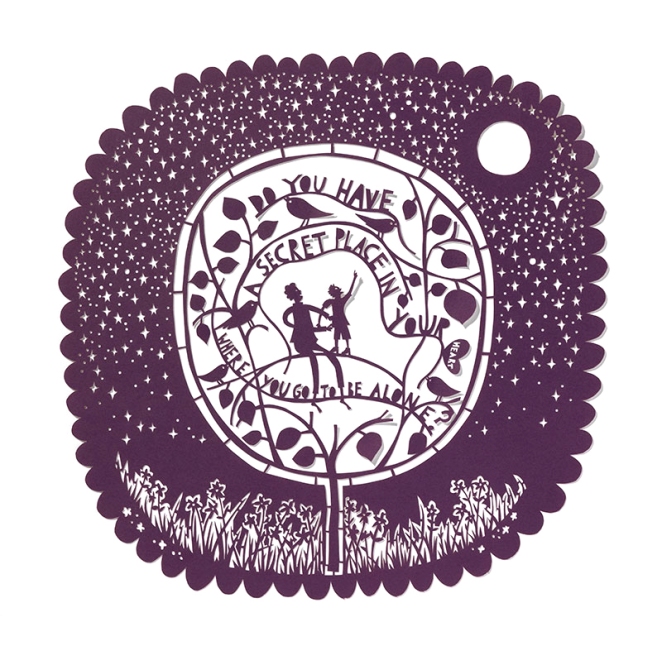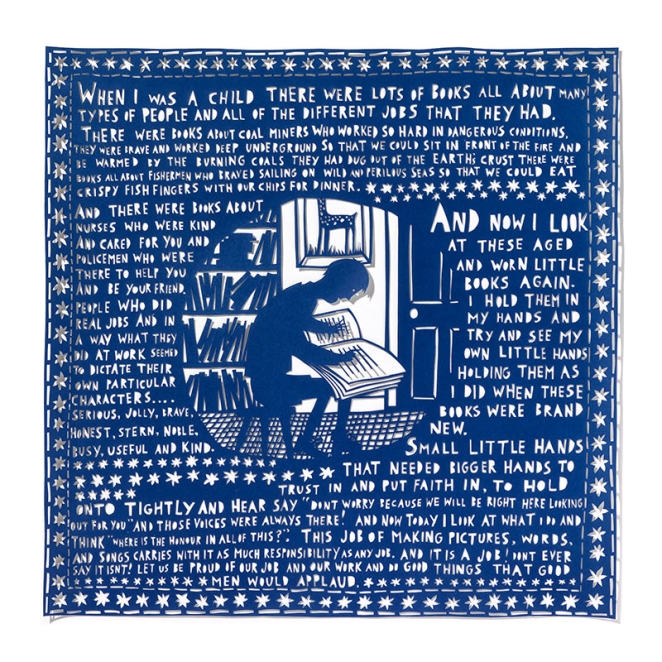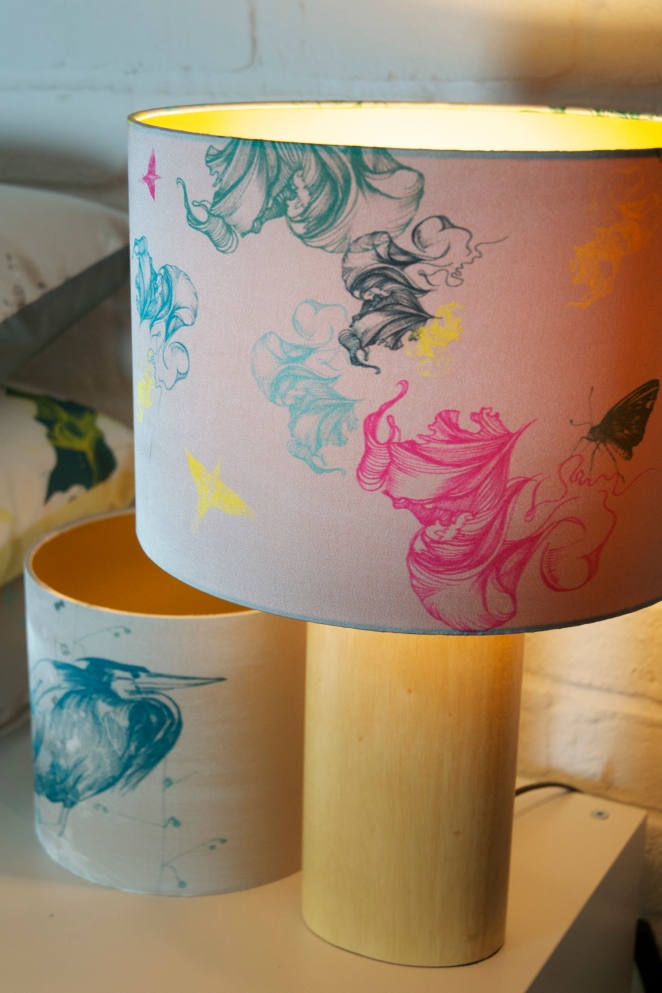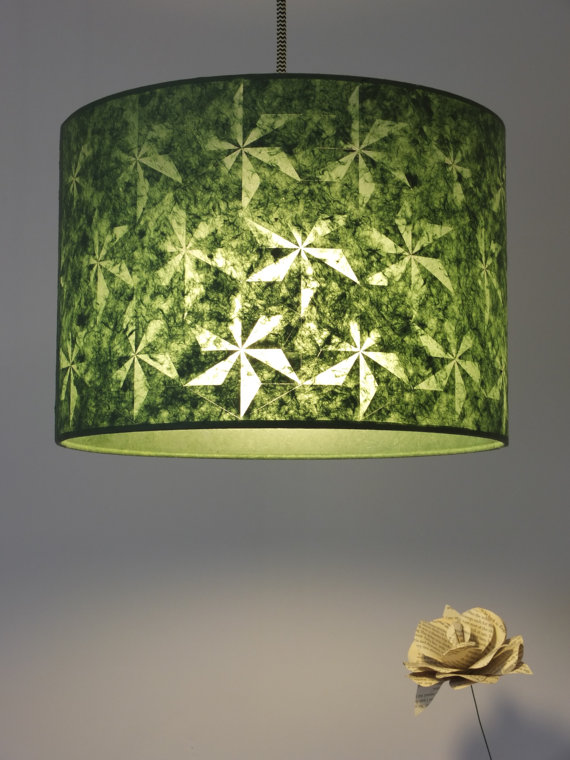Mary Kelly is known for her project-based work, addressing questions of sexuality, identity and historical memory in the form of large-scale narrative installations. She studied painting in Florence, Italy, in the sixties, and then taught art in Beirut, Lebanon during a time of intense cultural activity known as the “golden age.” In 1968, at the peak of the student movements in Europe, she moved to London, England to continue postgraduate study at St. Martin’s School of Art.
She was also a member of the Berwick Street Film Collective and a founder of the Artists Union. During this time, she collaborated on the film, Nightcleaners, 1970-75, and the installation, Women & Work: a document on the division of labour in industry, 1975, as well as producing her iconic work on the mother/child relationship, Post-Partum Document, 1973-79. Documentation I, the infamous “nappies,” caused a scandal in the media when it was first exhibited at the Institute of Contemporary Art in London in 1976.
The work that really inspired me was her work from the Whitworth gallery. I was specifically interested in was a greenhouse-like structure. Fluorescent tubes light the house from within to create a sense of warm welcome. Quoted observations are etched inside and outside, representing perspectives from two generations of the women’s movement. Her use of light inspires me within my own work.












 With the aid of local business organizations and support from Peak District Artisans, his business has evolved over the years and moved through a succession of larger and brighter workshops. Skills as a glazier and artist have continued to be developed by attending various courses in topics such as traditional glasspainting, staining and enameling.
With the aid of local business organizations and support from Peak District Artisans, his business has evolved over the years and moved through a succession of larger and brighter workshops. Skills as a glazier and artist have continued to be developed by attending various courses in topics such as traditional glasspainting, staining and enameling.










